HTC Desire 820 hands-on
HTC just made waves at IFA 2014 this morning, with the 64-bit Desire 820. Powered by the new octa-core Snapdragon 615 processor, the phone has the potential to introduce its future owners straight into the 64-bit Android era, as soon as the Android "L Version" update becomes available for it. We immediately got behind the scene after HTC's event, and took the Desire 820 for a spin, and here are our initial impressions.
Design
Available in a variety of different flashy colors, the Desire 820 is as comfortable to hold as one would expect from a largish, 5.5" device, meaning that it is a bit unwieldy to flip around and operate with one hand. On the plus side, despite the all-plastic construction, it feels solidly built in the palm, and doesn't appear cheap, as a lot of those midrangers do. Well, we are talking upper midrange, here, maybe that's why.
Moreover, the Desire 820 is surprisingly thin for its class, at only 6.21 x 3.10 x 0.30 inches (157.7 x 78.74 x 7.74 mm), and fairly light. The inclusion of HTC's signature BoomSound stereo speakers at the front warrants wide top and bottom bezels, that's why the phone is rather tall, compared to some other 5.5-inchers, which would present an issue in your pocket. The only gripe we had with the design is the rear camera placement, which is really easy to cover with your fingers when you are snapping away with the phone held in landscape. To top the phone off with style, HTC built in support for the peculiar Dot View case, which marries retro sheen with swipe gestures and a choice of 18 graphical themes.
Display
Something had to give to achieve the Desire 820's midrange status, and in this case it was the screen pixel density. At 720 x 1080 pixels, and 267ppi, the screen is not the most detailed out there, so you are witnessing some jaded icon and letter corners with it, though nothing too appalling. In terms of the panel's color presentation and viewing angles, however, the screen is decent, with what seemed to be realistic colors that don't exhibit too cold, warm, or saturated hues. Moreover, the HD screen resolution should be much more gentle to the 2600 mAh battery than, say, a 1080p display, so no complaints.
Interface
We have a barebones HTC Sense interface on the Desire 820, with all the bells and whistles like the BlinkFeed social and news aggregator, plus the numerous other functions you are familiar with from HTC's uniform and deep-reaching Android interface overlay. As for performance, not all the transitional animations and transparencies that we are used to from flagships like the One (M8) were present, so the chipset didn't have trouble powering it without any significant choppiness or lag.
Processor and memory
Here we arrive to one of the most interesting parts about the Desire 820. Even if it had a regular 32-bit processor, the 4G-enabled HTC Desire 820 would have ended up one of the best mid-range Android phones to exist, considering its thin chassis, and 13 MP / 8 MP camera set. With an octa-core Qualcomm Snapdragon 615 8939, however, the phone is becoming a 64-bit powerhouse that is ready to take on the challenges of Android L, whenever Google decides to release it for the masses. This processor includes eight ARM Cortex-A53 cores, clocked at 1.5 GHz, so you will be futureproof in the processor department for a while with the Desire 820. To top it all off, HTC placed not one, but 2 GB of RAM memory inside, elevating the 820 to the new midrange realities. The storage amount is 16 GB, aided by an extra microSD slot for expansion. As we mentioned, the phone feels plenty quick, though we couldn't really test the 64-bit part of the chipset in real life scenario.
Cameras
Known for its love of busting spec sheets, HTC adorned the Desire 820's front panel with an 8-megapixel (that's right!) camera for high-quality selfies, and software that lets you merge friends' photos with yours, apply digital makeup, and capture several moments in a single image. The rear camera is no-less impressive - it has a 13-megapixel backside-illuminated sensor with support for rapid-fire photography, and continuous shooting. These two snappers really defy the midrange status of the phone, and we wish HTC was paying similar attention to the camera department for its flagships, too.
Expectations
The HTC Desire 820 will be on the market by the end of September - early October, at an undisclosed "affordable" price. It will be available in an extensive set of matte and glossy two-tone colors: Marble White (glossy), Tuxedo Grey (matte), Santorini White (glossy), Milky-way Grey (glossy), Tangerine White (glossy), Saffron Grey (glossy), Flamingo Grey (glossy), Blue Mist (glossy), and Monarch Orange (glossy).
During our brief encounter with the Desire 820, the largish phone looked promising - it is a thin, fairly light device that doesn't feel cheap in the hand, and introduces a slew of remarkable for its class features, like an octa-core 64-bit processor, 13 MP rear and 8 MP frontal camera, as well 2 GB of RAM. All in all, the only missing piece of the 820 puzzle is its exact pricing, which would make or break its great value-for-money status.



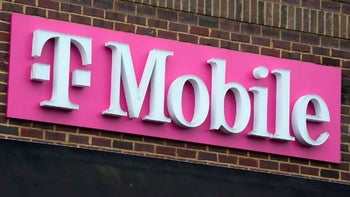
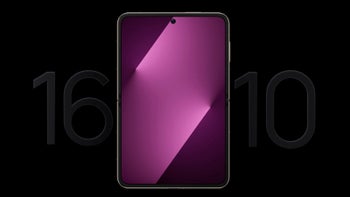
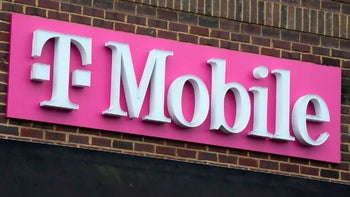
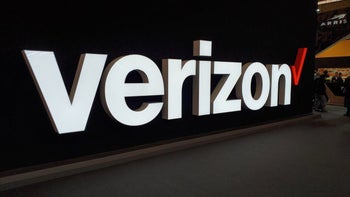


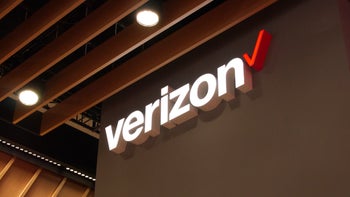

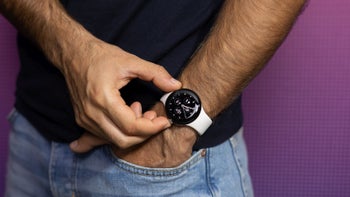
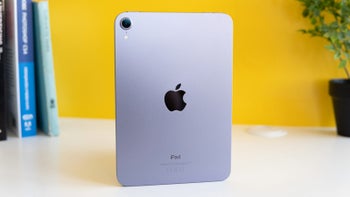
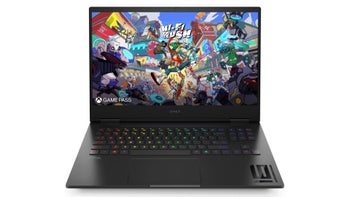

Things that are NOT allowed: